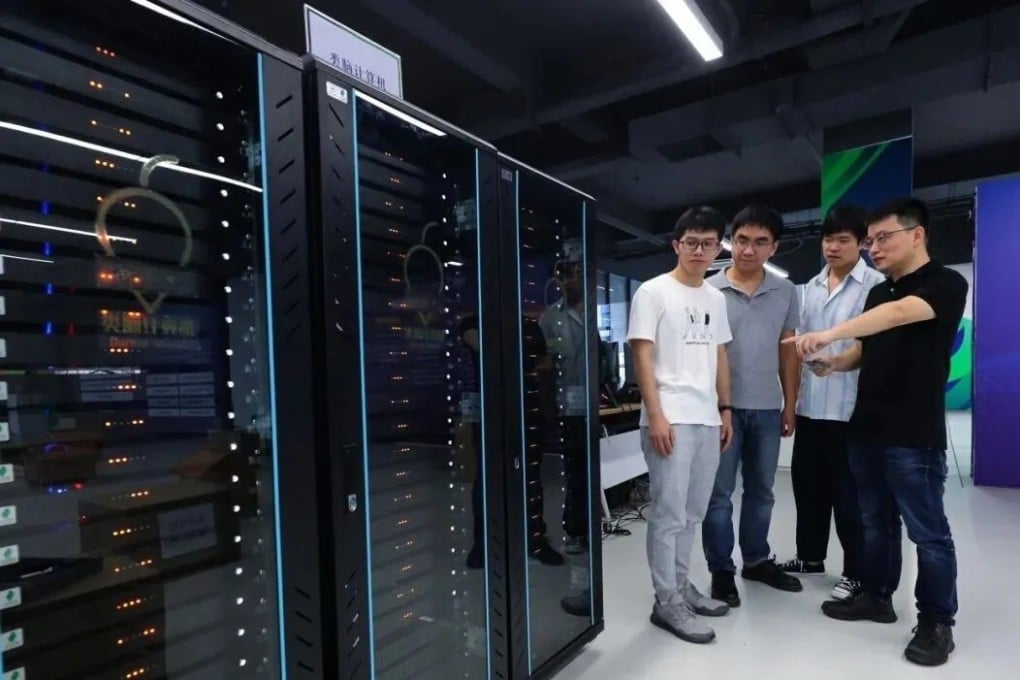Chinese scientists say their neuromorphic computer Darwin Mouse has the same number of neurons as a real mouse
- Neuromorphic computers that mimic real brains could have a big impact on the development of artificial intelligence
- Darwin Mouse has 120 million artificial neurons, equivalent to the brain of a mouse

A group of scientists in China say they have created the world’s largest brain-like computer by number of neurons. Darwin Mouse has 120 million artificial neurons and 100 billion synapses – equivalent to the brain of a mouse.
The team responsible for the computer from Zhejiang University and Zhejiang Lab officially unveiled it on Tuesday. Darwin Mouse is said to run on 792 chips that host millions of artificial neurons needed to mimic nerve cells found in real brains.
Neuromorphic computing is a nascent discipline in computer science. Neuromorphic literally means “taking the form of the brain.” In this case, that means trying to get computers to imitate the fine-tuned physiological structure that allows us to process information by using neurons, synapses, neural circuits and more.
Scientists say that designing computers to be more like brains could have a big impact on the development of artificial intelligence. AI requires intensive computing of massive amounts of data. Traditional computers need a lot of storage and energy to complete these tasks. But neuromorphic computing could help ease the load.
“It's like information is stored in one place and when you want to perform calculation, you move the information to another place, and then move it back to the first place after the calculation,” Pan Gang, head of the research team and professor at Zhejiang University, said in a statement. “But the speed of transportation is much lower than the speed of calculation, which makes the transportation itself a key bottleneck.”
In this respect, the human brain is way ahead of even the most advanced computers because it processes and stores information in the same place: within the millions of connections between neurons called synapses. Researchers are hoping they can create neuromorphic chips that behave similarly, improving efficiency and significantly reducing energy consumption.
